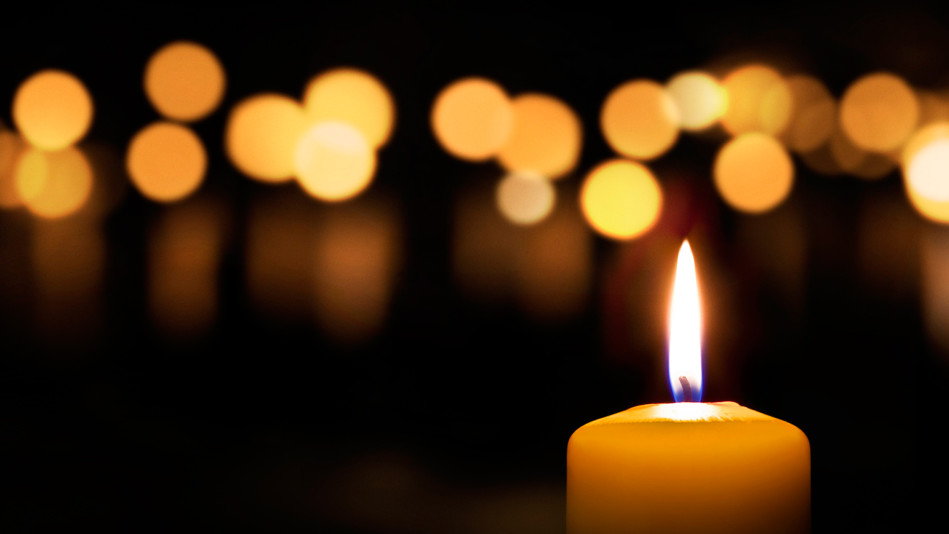A Light in the Darkness: Coping with Grief over the Holidays

Photo: ultramarine5/iStock
For the lonely, the lost, the grieving, a kinder way to mark the season.
On December 21, 2006, the longest night of the year, Kim Pine walked into Light of the Canyon Church in Anaheim Hills, California, still grieving for her husband, David, who had died of cancer nine months before. They had been married 10 years. It was her first Christmas without him.Illuminated by candles, the sanctuary was half full. Like Kim, the people there were dealing with sorrow in the midst of a season that's supposed to be happy and bright. Instead of celebration, Kim and the others found comfort—in shared feelings of loneliness, anger, fear. They lit more candles, representing grief, courage, memories. They meditated on poetry, on passages from the Bible, on music that suggested both sadness and the promise of peace.
For a decade now, churches across the country have been offering such services—called Longest Night or Blue Christmas—to people in grief. The majority are Christian congregations, mostly United Methodist churches. The services take place on or near December 21, the winter solstice, marking the time when darkness begins to turn into light. And they attempt to connect suffering with the message of Christmas, which is hope. In Christian theology, Christmas is not about new life but merely its possibility.
Though they offer different music, prayers, and Scripture, the services share a common desire: to help people in grief navigate one of the most emotionally difficult seasons. Most who attend have buried spouses or children. Some have lost friends or jobs. Others are facing divorce or living with depression or loneliness.
"It was such a turning point," says Kim, a 44-year-old communications executive, of the Longest Night service she attended. "I found around me people dealing with losses that seemed in some ways even greater than my own. It opened my eyes that simply by being with one another, we could begin to come out of our grief and be of help to someone else."
Since 2004, the Rev. Marsha Hutchinson has presided at the Longest Night service at St. Luke's United Methodist Church in Indianapolis. It is part of her work as an associate pastor of grief counseling, a ministry that emerged from her experience of giving birth to a stillborn baby 36 years ago. "For some people, this service is the only time they'll enter a church during the holidays," she says.
This year, in the darkened chapel lighted by hundreds of tiny white candles, Hutchinson will once again bless the wounded and the lonely. She will anoint their foreheads with oil, an ancient ritual representing God's presence. And she will remind them that change can happen, that suffering is not forever, that light will come.



